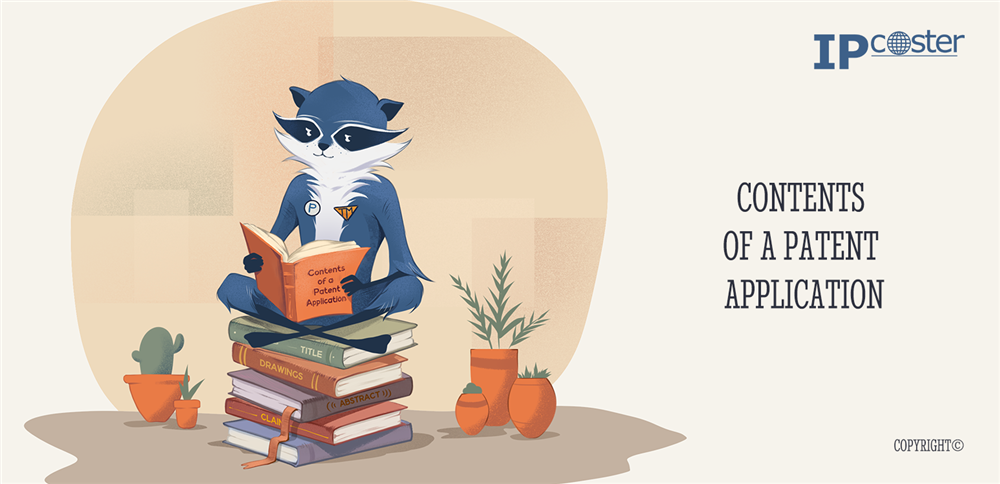IP-Academy

Contents of a Patent Application
Filing a patent application is a crucial step in protecting your invention. However, understanding exactly what needs to go into a patent application can be challenging. Each country or region has its own format and rules, but there are core elements that most applications share. This guide breaks down the key components of a patent application to help you navigate the process more easily.
Every patent application should start with general information such as:
· The name and address of the applicant(s)
· Details of any legal representative or agent
· Information specific to the invention itself
These details are usually provided through accompanying forms or cover sheets, depending on the requirements of the jurisdiction.
The core of the technical information is found in what's called the patent specification. This is where the invention is described in detail.
Key Parts of a Patent Application
1. Patent Title
This is the official name of your invention. It should be short, factual, and avoid giving away confidential or novel aspects of your idea, since the title becomes public once the application is submitted.
2. Field of the Invention
Briefly state the type of technology or area your invention belongs to. For example:
“The invention relates to heating technology, specifically systems for heating and cooling.”
3. Background of the Invention
Here you can mention any existing technology (known as “prior art”) related to your invention. The background helps show what problem your invention solves and how it differs from what already exists.
4. Statement of the Invention
This section gives a formal description of what your invention is and the general scope of protection you’re seeking. It usually includes broad definitions similar to those found in the claims section.
5. Drawings (if applicable)
Drawings help visually explain how your invention works. They don’t need to be artistically perfect, but they should be clear and labeled properly.
Each drawing should be listed with a brief explanation of what it shows, usually in a section before the main description.
6. Abstract
The abstract is a short summary of the main features of your invention. It helps others, like patent examiners and researchers, quickly understand the essence of your invention. The abstract should be accurate and reflect what is detailed in the rest of the application.
7. Description
This is one of the most important sections. It explains how the invention works and how it can be used in practice. This part should include examples or “embodiments” that help someone skilled in the field replicate your invention.
For instance, if your patent is about a cooling system, the description should provide enough detail for a heating engineer to understand and build it—without over explaining things professionals would already know.
Be thorough: leaving out critical information could cause delays or even rejection of your application.
8. Patent Claims
This is the heart of the patent application. The claims define exactly what your invention protects. They outline the technical features that distinguish your invention and what others cannot copy if the patent is granted.
There are two types of claims:
· Independent claims: Broad claims that define the core of your invention.
· Dependent claims: These refer back to an earlier claim and add more detail or limitations.
Each claim should be written as one sentence and must be clear and precise. The first claim is usually the most general, with the others building on it.
Drafting claims is a complex task that significantly affects the success and strength of your patent. It’s highly recommended to work with a patent attorney or legal professional to ensure your claims are well-written and enforceable.
As such, filing a patent application is a detailed process that requires both technical and legal expertise. While it’s possible to draft and submit an application yourself, professional support can make a big difference—especially when it comes to the claims section.
If you need help with filing a patent or want to learn more about the process, feel free to reach out to us via social media, email, or our website contact page. Our team at IP-Coster is here to assist!